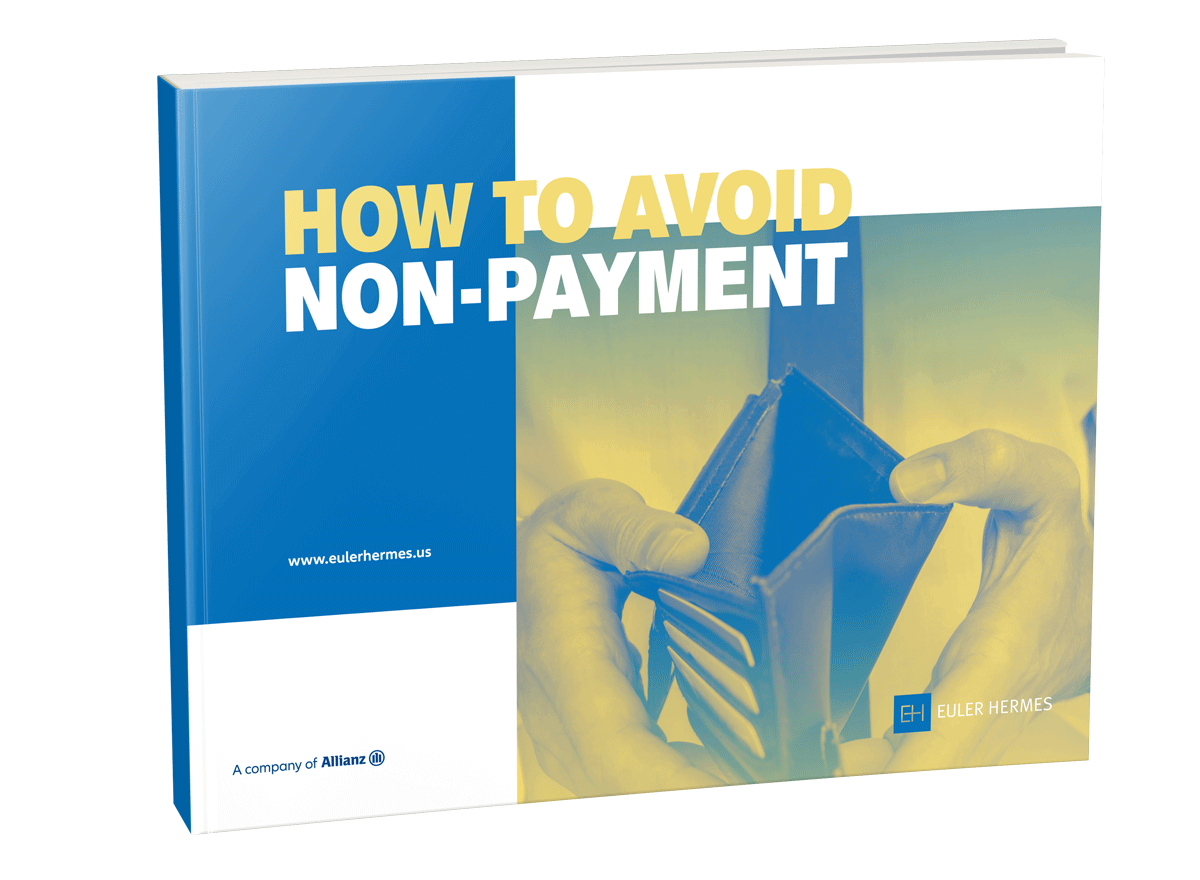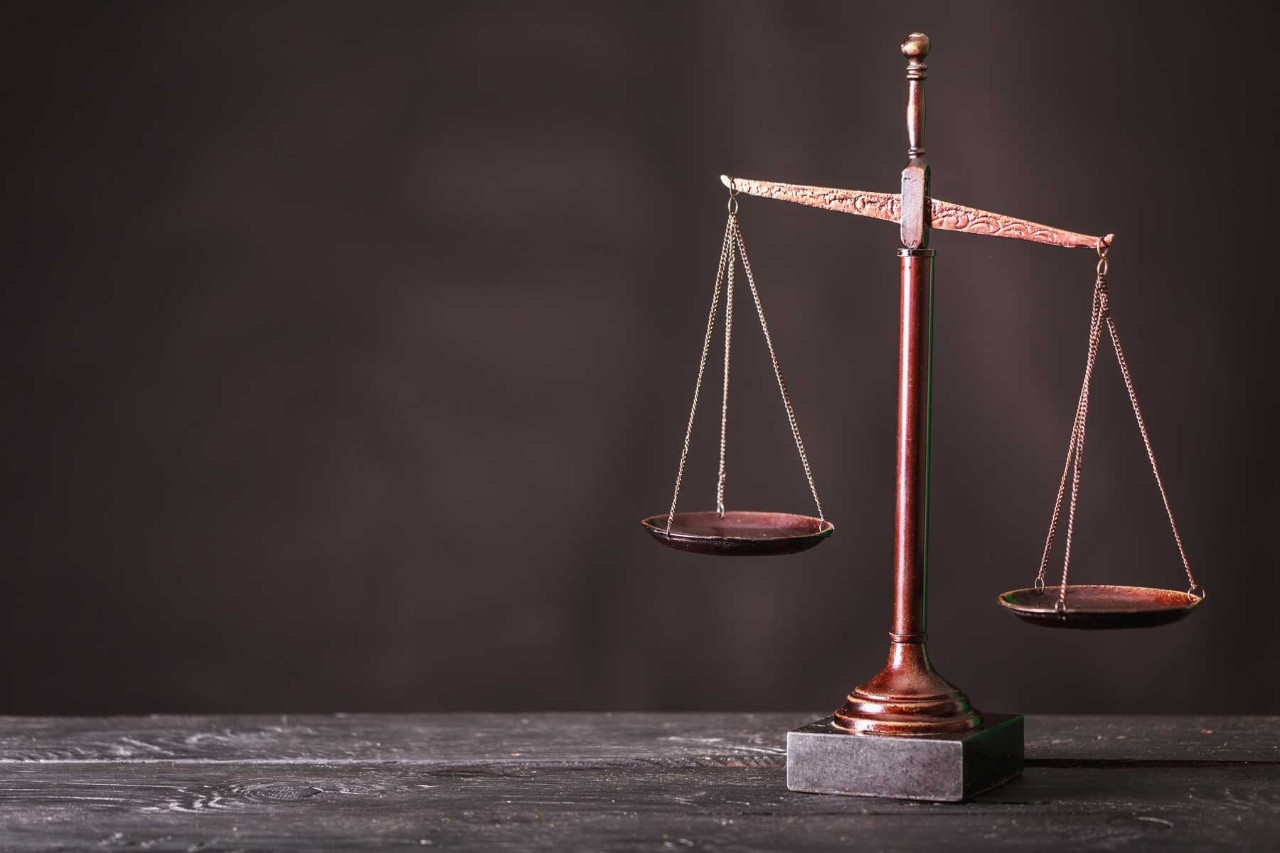Let Euler Hermes Help You Maintain Good Customer Relationships
An intermediary, like Euler Hermes, can demonstrate openness and listen to the customer pinpointing the source of the problem. Collectors explain they are there to find a solution, explaining the position of the supplier and that they do not intend to act as the customer’s bank. Customers understand these arguments and don’t make the same promises to an intermediary as they do to a supplier they know, especially when the intermediary is of Euler Hemes’ size.
The third party is there to find an amicable solution with a preference for out-of-court negotiation, which is beneficial for both collecting money and maintaining a good relationship with your customers. They are there to find win-win solutions; for example; disputes can be recorded and reported back to the supplier and cash flow issues be reconciled with the offer of a payment plan to make good on an overdue payment.
Late payments from customers don’t have to be the end of your finances or the relationship. Taking these simple steps can help you find a payment solution and maintain a good customer relationship.



















